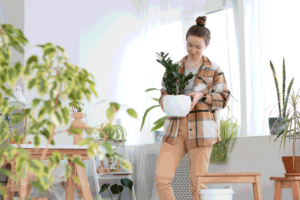
Do indoor plants need drainage?
In short, Proper drainage is a fundamental aspect of plant care. Having a hard time with a new house plant, does it look like it
In the world of modern agriculture and gardening, the quest for efficient and sustainable water management has never been more crucial. As water scarcity becomes an increasingly pressing issue, innovative irrigation methods are gaining prominence. Among these, the drip irrigation system stands out as a game-changer, revolutionizing the way we nurture our plants and crops. In this blog, we will delve into the remarkable benefits and applications of drip irrigation systems, shedding light on how they contribute to conserving water, promoting plant health, and optimizing agricultural practices.
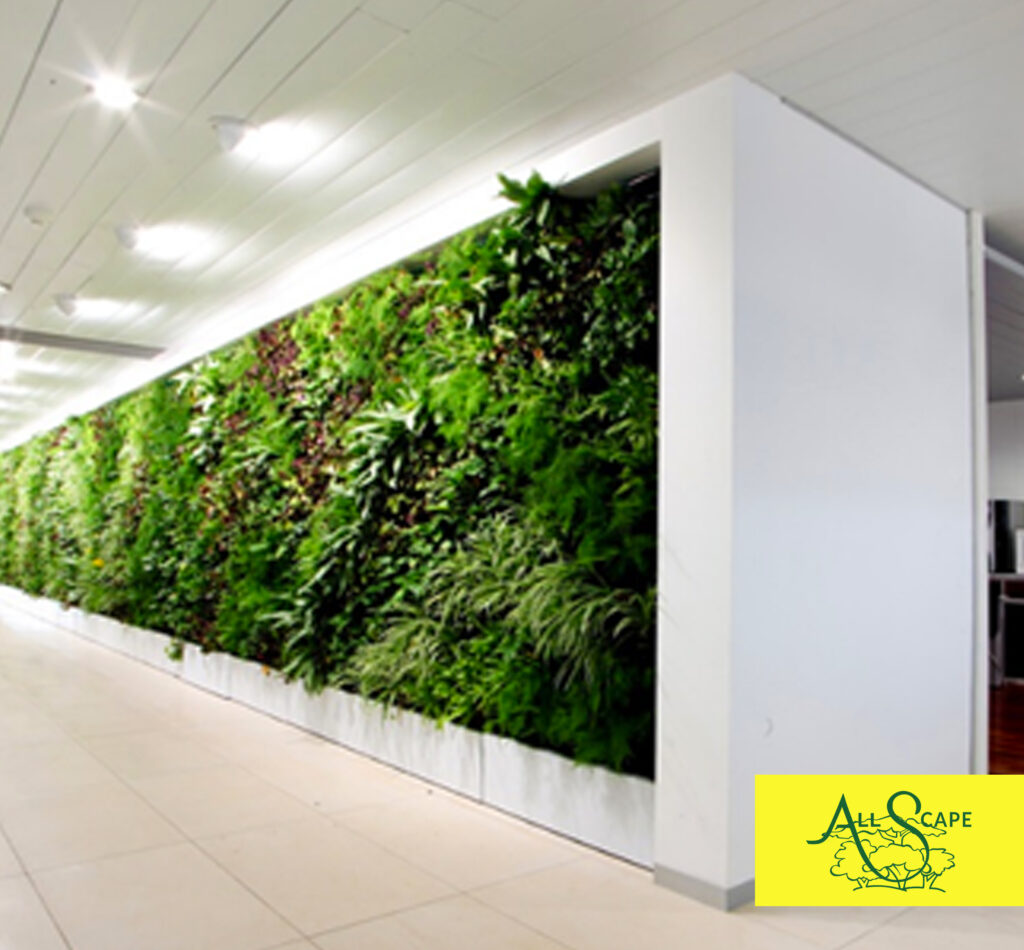

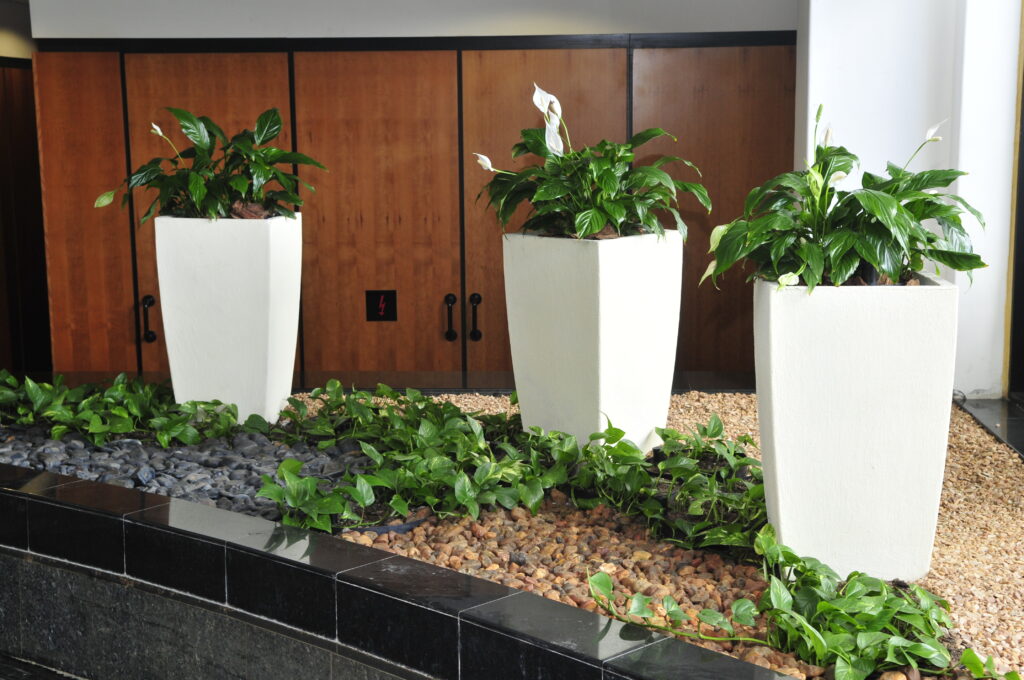


Drip irrigation, often referred to as trickle irrigation, is a method that delivers water directly to the root zone of plants through a network of tubes, pipes, and emitters. Unlike traditional sprinkler systems that blanket an entire area with water, drip irrigation minimizes wastage by targeting individual plants precisely where they need it most. This approach ensures that water is used more efficiently, with minimal evaporation, runoff, or mess.
At the heart of drip irrigation’s allure is its unparalleled efficiency in water utilization. Traditional irrigation methods often result in significant water loss due to evaporation, wind drift, and surface runoff. In contrast, drip irrigation minimizes these losses by delivering water right to the plant’s roots. This focused approach can lead to water savings of up to 50% compared to conventional systems, making it a powerful tool in water-scarce regions.
Healthy plants are the cornerstone of successful agriculture and gardening endeavors. Drip irrigation plays a pivotal role in nurturing plant health by providing a consistent and controlled water supply. Overhead sprinklers, while convenient, can wet the foliage, creating a breeding ground for diseases. Drip systems keep leaves dry, reducing the risk of fungal infections and promoting overall plant vitality. Furthermore, precise water application prevents soil compaction and minimizes weed growth, ensuring that plants receive the nutrients they need to thrive.
Drip irrigation systems offer a level of customization that is unparalleled in traditional irrigation methods. Farmers and gardeners can adjust the flow rate, frequency, and duration of watering to match the specific needs of different plants and soil types. This flexibility not only promotes optimal growth but also enables the cultivation of a wide variety of crops within the same irrigation system as well as keeping plants indoors in open set ups like green walls. Whether you’re tending to delicate flowers, indoor atriums or robust fruit trees in an orchard, drip irrigation can be tailored to suit each plant’s unique requirements while reducing mess and effort.
While the initial setup of a drip irrigation system may require an investment with a professional, the long-term economic benefits are significant. Water savings translate to reduced utility bills, and the system’s precise water delivery can result in increased crop yields and improved quality. Additionally, labour costs may decrease as automation options allow for remote control and monitoring of the irrigation process if needed.
Drip irrigation aligns seamlessly with the principles of environmental sustainability. By conserving water, this method contributes to the preservation of local water sources, mitigates the effects of drought, and reduces the carbon footprint associated with water pumping and distribution. As the world faces growing concerns about climate change, adopting drip irrigation systems represents a proactive step toward a more sustainable future.
Drip irrigation systems have emerged as a beacon of hope in the realm of modern agriculture and gardening. Their ability to efficiently deliver water, promote plant health, and contribute to water conservation makes them a vital tool for addressing the challenges of an ever-changing world. As we navigate the complexities of water scarcity and environmental stewardship, embracing drip irrigation is a tangible and impactful way to ensure the continued vitality of our crops, landscapes, and ecosystems as well as managing more complicated indoor plant setups. By harnessing the power of innovation, we empower ourselves to cultivate a greener, more sustainable tomorrow.

In short, Proper drainage is a fundamental aspect of plant care. Having a hard time with a new house plant, does it look like it

Sprinkler Irrigation Systems Elevating Landscapes and Gardens for Homes, Restaurants, businesses and sports fields. Lush green lawns, vibrant flower beds, and thriving gardens are the
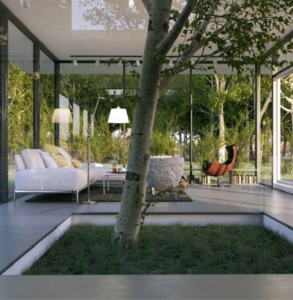
Drip Irrigation Systems – All You Need To Know Maximizing Efficiency and Sustainability with Drip Irrigation Systems. In the world of modern agriculture and gardening,
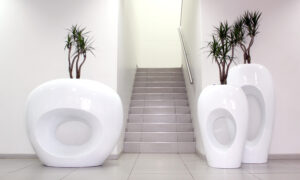
Adding plants to an office can have numerous benefits such as reducing stress, increasing productivity, and improving air quality. Plants not only add aesthetic value to an office, they can also help to create a calm and peaceful environment. Having plants in an office has also been shown to increase employee satisfaction and morale. Certain plants such as snake plants and peace lilies can even help to filter out harmful toxins in the air. It’s important to choose the right plant for the office environment, taking into consideration factors such as lighting and temperature. Adding plants to an office is a simple and cost-effective way to improve the overall wellbeing of employees and create a welcoming and healthy workspace.